Soluções
A Horse Construction oferece uma ampla gama de materiais de reforço estrutural, incluindo suporte técnico, suporte de documentação, suporte de produtos, suporte de software e suporte de projeto.
Carbon Fiber Material - Seismic Reinforcement Strengthening
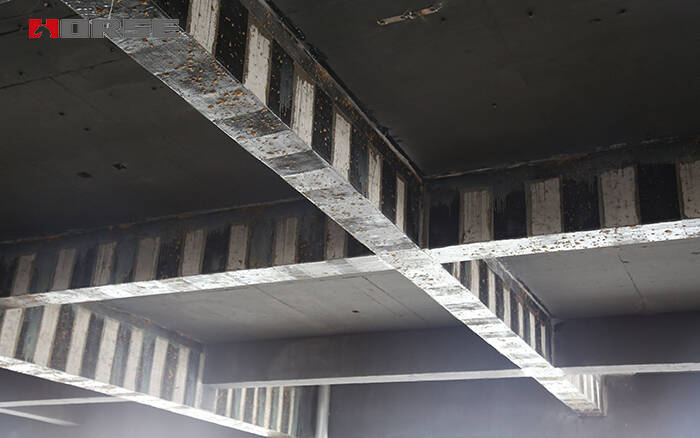
Traditional methods to increase the seismic resistance of buildings and structures:
·Making reinforced concrete, increasing the cross section;
·Reinforce the shotcrete with concrete;
·Introduce other reinforced concrete and metal frames, clips, etc.
·Use carbon fiber-based external reinforcement system for seismic reinforcement of buildings
Carbon fiber external structural reinforcement system for seismic reinforcement of buildings
The use of carbon fiber-based external structural reinforcement systems in areas with seismic intensity of 7, 8 and 9 can reduce the seismic load by 1.5-4 times (depending on the specific conditions of the site and building structure).
Carbon fiber seismic reinforcement uses a special epoxy glue to bond high-strength fabrics or laminates and mesh to the structural surface. The bending structure, as well as compression and eccentric compression elements can be strengthened on the support area in the tension area and the lateral force application area.
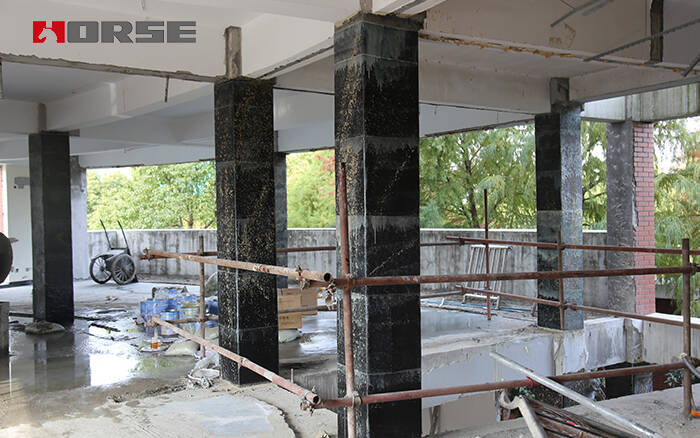
Compared with traditional amplification methods, the advantages of carbon fiber structure reinforcement:
·High mechanical properties of the material.
·Reduce time cost without increasing labor intensity.
·Reduce labor costs (no need to attract heavy equipment).
·The ability to perform work without stopping the function of the object.
·Reduce maintenance costs/increase turnaround time.
·Able to correct errors in design and construction.
·Don't make the original structure heavier/keep the volume planning solution.
The external structural reinforcement system improves the ability of buildings and structures to withstand earthquakes while minimizing damage
·Strengthen the pillars;
·Strengthen the load-bearing wall;
·Reinforce the intermediate floors and coverings, which are used as reinforcing diaphragms to ensure that the seismic load is distributed among the vertical load-bearing elements.
Compared with traditional seismic measures, the use of carbon fiber composite materials to improve the seismic resistance of buildings and structures has the following advantages:
·Improve reliability and safety-reduce the seismic response when an earthquake occurs, which can prevent damage and collapse of earthquake-isolated buildings, thereby protecting personnel, property and equipment.
·Ensure the uninterrupted operation of important production systems-power supply, water supply network, fire extinguishing device and other engineering communication and structure operation.
·Reducing construction costs-Compared with traditional seismic measures for buildings, the cost structure is reduced by 5-20%, depending on the area's seismic activity, construction, design, number of floors, degree of responsibility and other indicators.
·Reduce the operating cost of the building-the service life of the system is at least 50 years, and these are the only earthquake protection elements that constitute the earthquake resistance of the building.
· Architects can freely choose planning solutions, and engineers can freely choose structural solutions for buildings.
·The ability to retain the appearance of existing buildings.
Você pode encontrar tudo o que precisa aqui. Confie e experimente esses produtos, você vai perceber uma grande diferença depois.
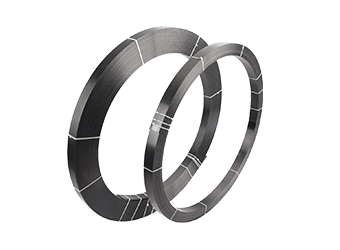
O laminado de polímero reforçado com fibra de carbono Horse (CFRP) é um laminado composto pré-curado, colado na estrutura como reforço externo com epóxi HM-120CP.
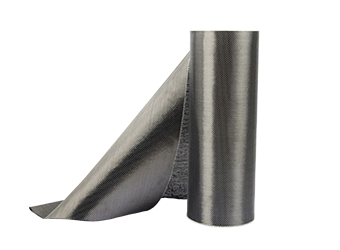
Mantas de fibra de carbono unidirecionais Tecido de fibra de carbono unidirecional Mantas de fibra de carbono unidirecionais de alta resistência pré-saturadas para formar mantas de polímero reforçado com fibra de carbono (CFRP) usadas para reparar e forta
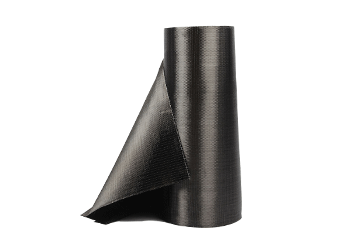
Mantas de fibra de carbono unidirecionais de alta resistência pré-saturadas para formar mantas de polímero reforçado com fibra de carbono (CFRP) usadas para reparar e fortalecer elementos estruturais de concreto.